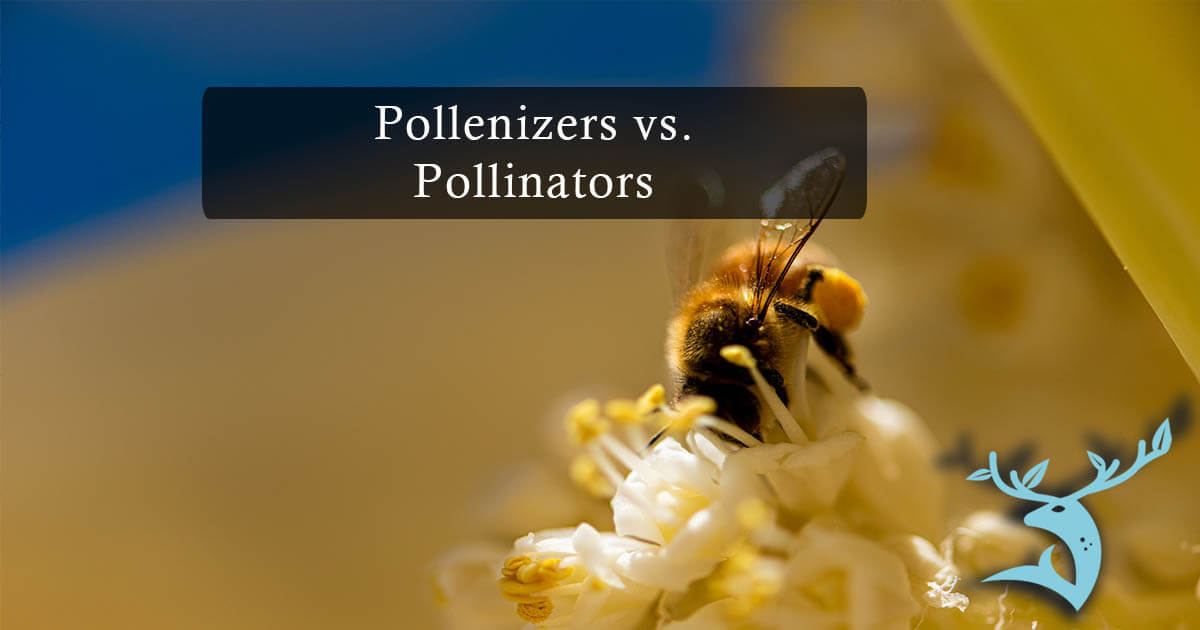Category: Choosing Plants
-
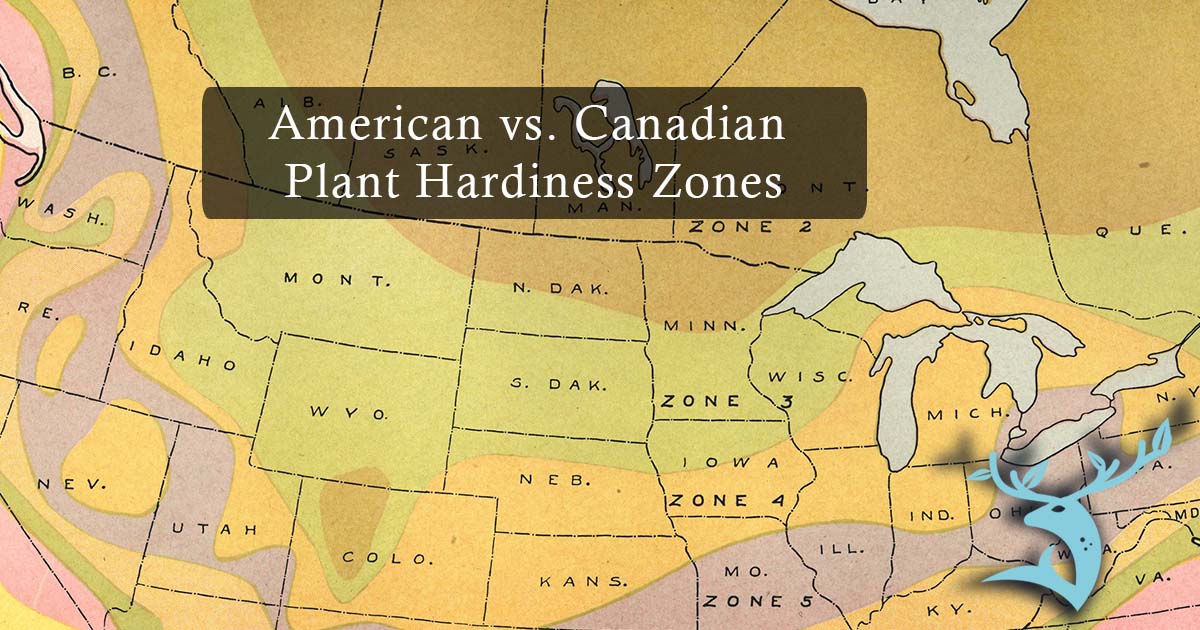
The Differences Between US and Canadian Plant Hardiness Zones
Last Updated November 18, 2023 The United States and Canada each use plant hardiness zones that are similarly labelled with numbers and letters, but the two systems are not the same and they cannot be used interchangeably. The Canadian plant hardiness zones, which range from 0a to 9a, are determined by a variety of climatic…
-
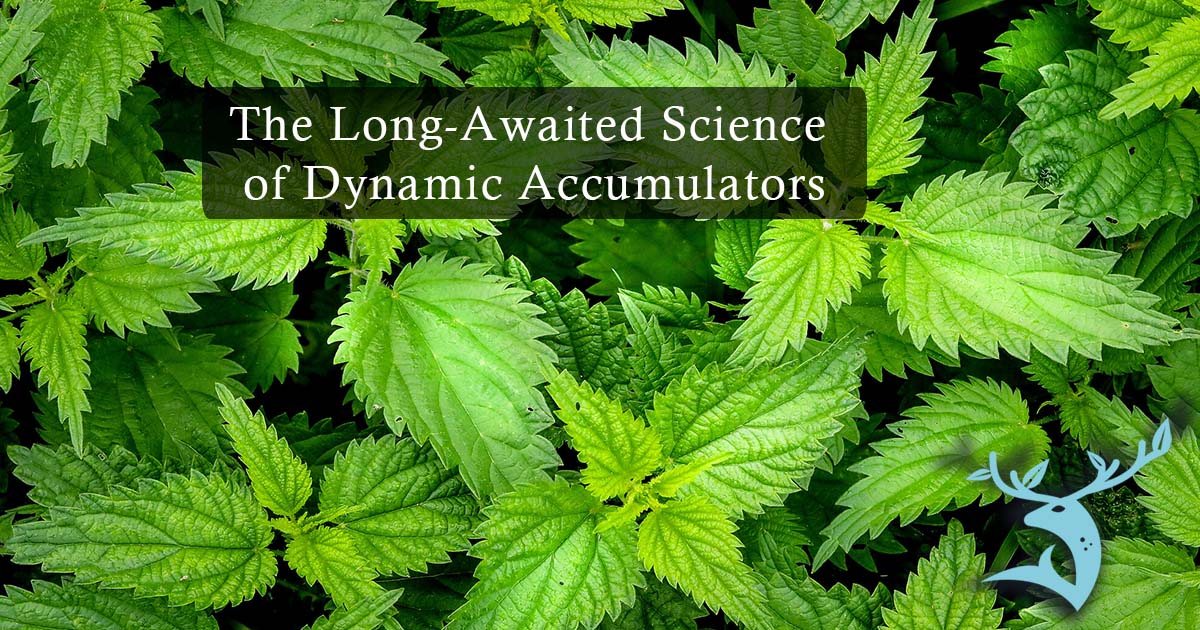
Which Dynamic Accumulator Plants are Actually Helpful for your Garden, According to Science?
Popular recommendations of dynamic accumulators include comfrey, amaranth, chickweed, dandelion, chicory, lamb’s quarters, nettles, and many trees; however, new research suggests that we have misidentified some dynamic accumulators. At the same time, new analysis of longstanding USDA data reveals as many as 340 plant species that could be contenders for the title.
-
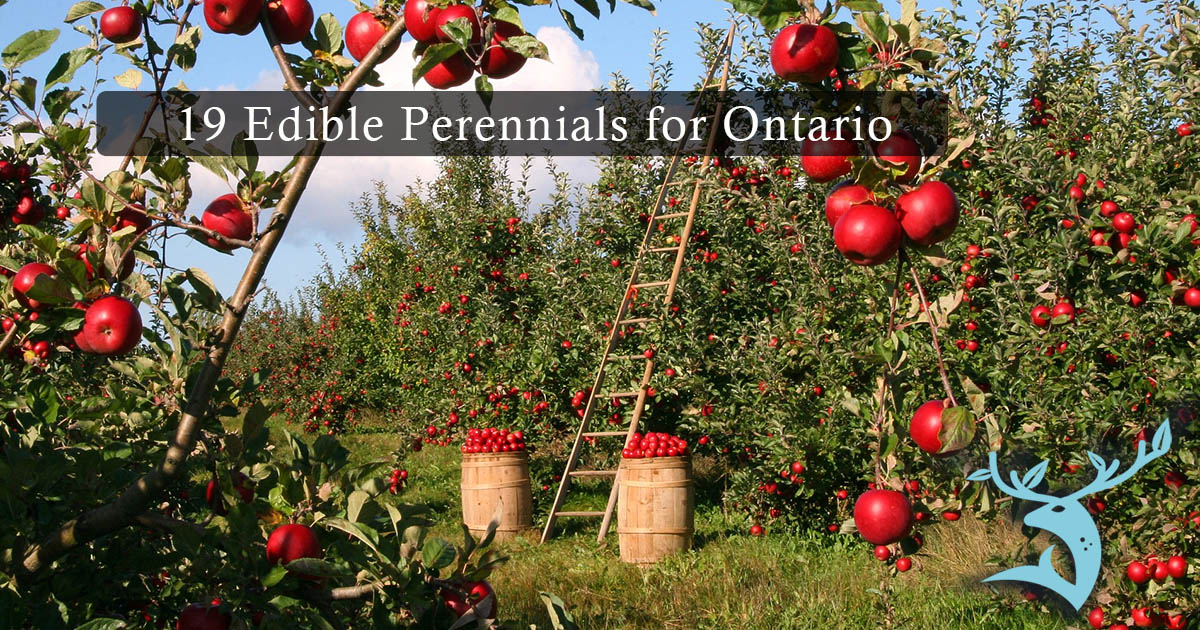
19 Perennial Crops I Have Personally Grown in Ontario
Perennial food crops are fantastic for improving soil, surviving periods of drought or flood, and producing large quantities of food year after year. They are the backbone of any permaculture design. Unfortunately, in a temperate climate, it feels like there are not many perennial options available to us. With the ground frozen and snow-covered for…
-
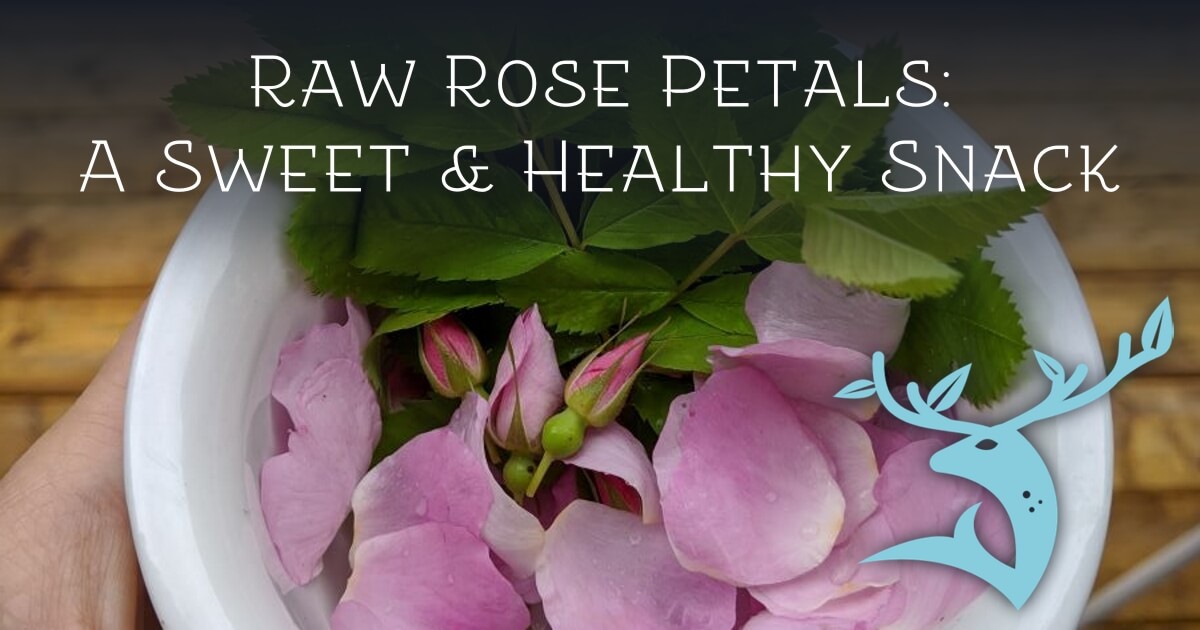
Can You Eat Rose Petals Raw?
While most parts of a rose can be prepared as food, the petals are a sweet snack when simply picked and eaten raw. Roses have been grown as food for millennia, and are still an everyday part of people’s diets in many Middle-Eastern countries as well as Afghanistan, India, and Pakistan.
-
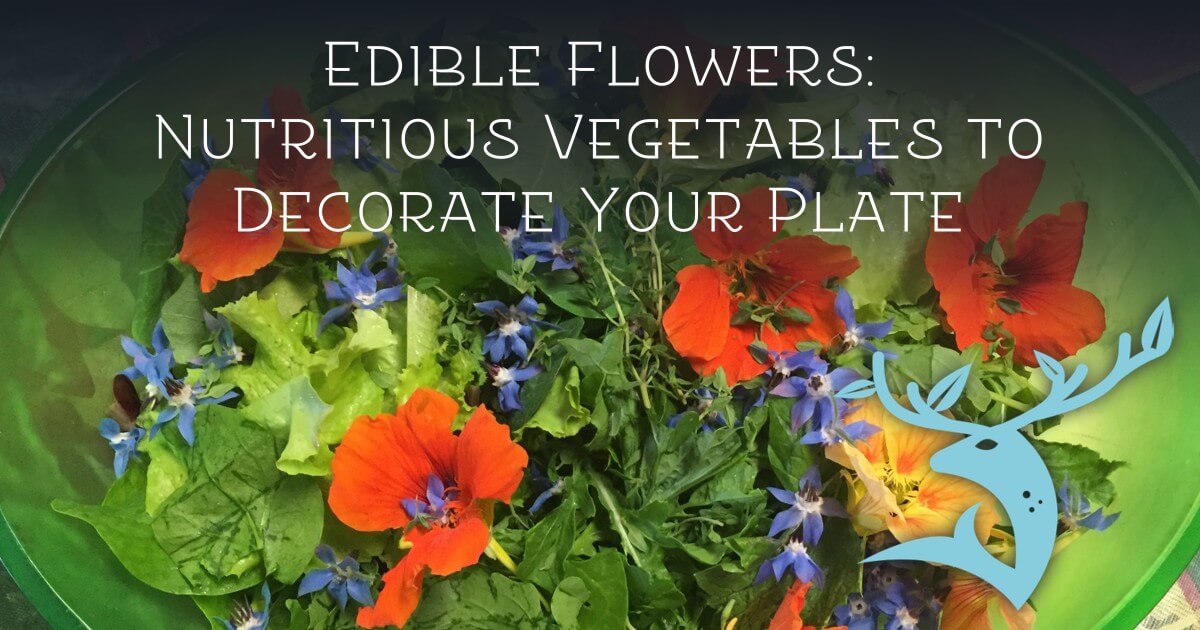
Edible Flowers: Are They Vegetables?
Botanically speaking, flowers are a feature that draw pollinators in to an access point where they can fertilize the plant’s ovary. The petals themselves are actually a kind of modified leaf. And flowers are indeed classed as a vegetable. Except for fruits and seeds, any part of a plant which is eaten by humans is…
-
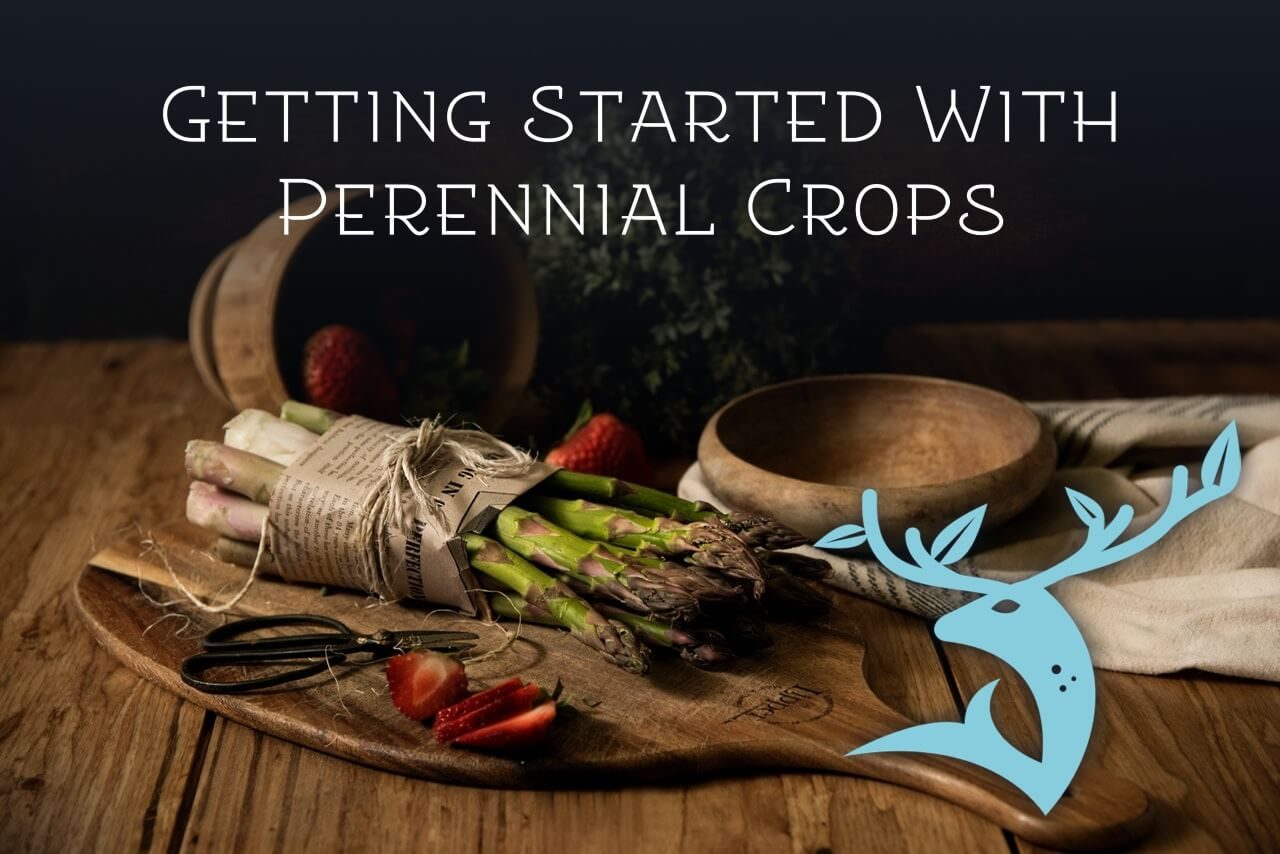
Introduction to Temperate-Climate Perennial Crops
In my experience with growing food in Ontario, food-producing perennials have been precious and always too rare. Every time I’ve gotten the chance to try growing a new one (even if I had no idea how to cook it), I’ve jumped in with both feet.

